The home insurance landscape has become a financial nightmare for American homeowners, with rates climbing 40.4% cumulatively across the U.S. over six years, with increases of 5.4%, 11.0% and 11.4% in 2022, 2023 and 2024, respectively. While some states have managed to avoid the worst of these increases, others have seen their residents crushed under the weight of skyrocketing premiums that show no signs of slowing down.
33. Vermont – The Surprising Exception to the Crisis
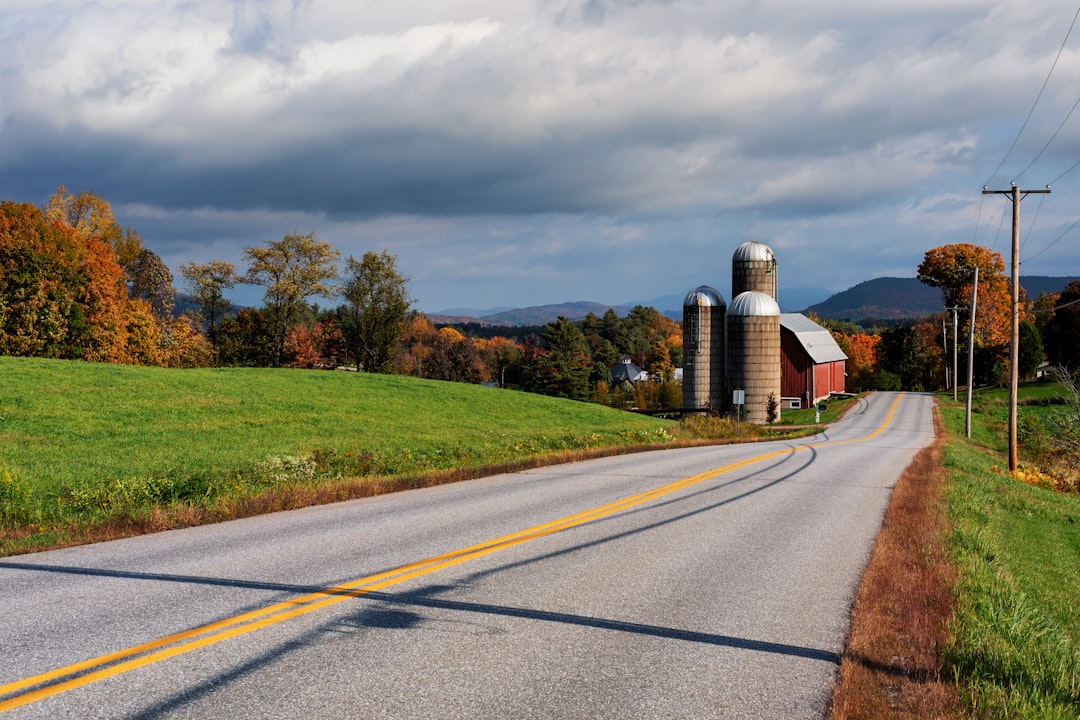
Vermont homeowners can count themselves lucky in this insurance apocalypse. Vermont had the smallest cumulative increases at 12.2% over the six-year period from 2019 to 2024. This northern state has managed to avoid the worst of the premium increases plaguing the rest of the nation.
The state’s relatively low population density and minimal exposure to extreme weather events have helped keep insurance costs manageable. Vermont won the bragging rights for cheapest rates this year, as the state with the second-lowest population, it’s maybe not too surprising that home insurance rates are so affordable there, and unlike extreme-weather hot spots, property damage from tornadoes and hurricanes is pretty rare in Vermont.
• **Key Statistics:**
– Cumulative increase 2019-2024: 12.2%
– Average annual premium: $918
– Population impact: Minimal due to low density
32. Alaska – Frozen in Lower Premium Territory

Alaska saw the second smallest cumulative increases at 12.9% during the same period. The Last Frontier’s unique geographic isolation and relatively low disaster frequency have contributed to more stable insurance costs.
Alaska residents pay an average of $372 less per year for homeowners insurance than homeowners as a whole in the U.S., which may be due in part to the state’s low incidence of natural disasters. However, wildfires, harsh winters and water damage due to frozen and burst pipes are among the common causes of home damage in Alaska.
• **Weather Risks:**
– Frozen pipe damage
– Harsh winter conditions
– Occasional wildfires
– Low tornado/hurricane risk
31. Maine – Weathering the Storm Better Than Most
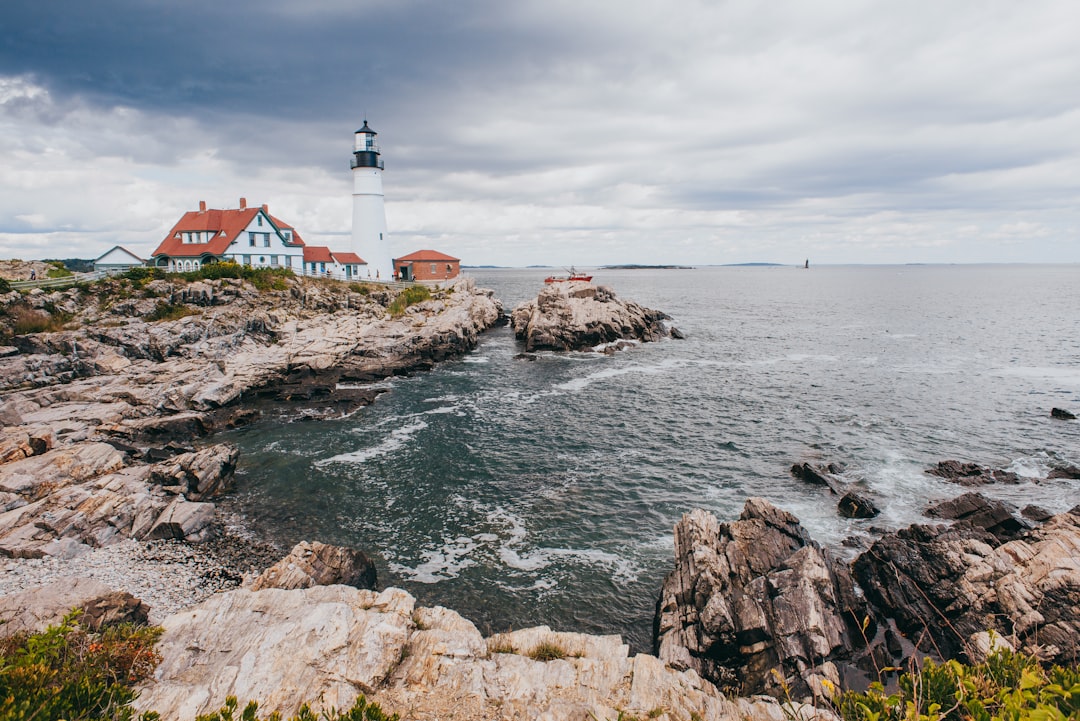
Maine rounded out the top three with the smallest cumulative increases at 17.9%. The Pine Tree State’s coastal location hasn’t resulted in the dramatic premium spikes seen in other coastal areas, particularly in the South.
Maine’s relatively stable insurance market reflects the state’s lower exposure to the mega-disasters that have devastated other regions. While coastal flooding remains a concern, the state hasn’t experienced the hurricane devastation that has sent premiums soaring in places like Florida and Louisiana.
**Notable Features:**
• Coastal flooding risk managed effectively
• Lower hurricane impact compared to southern states
• Stable regulatory environment
30. New York – Big Apple, Smaller Premium Increases

Despite being home to one of the world’s most expensive cities, New York saw relatively small increases in 2024 at 3.8%. The Empire State has managed to keep premium increases more moderate than many other regions, though urban density presents unique challenges.
New York’s insurance market benefits from strong regulatory oversight and a diverse risk pool that helps stabilize rates. However, urban areas face higher replacement costs due to labor and material expenses, while upstate regions deal with different weather-related risks.
29. Wyoming – Data Gaps Don’t Hide the Reality
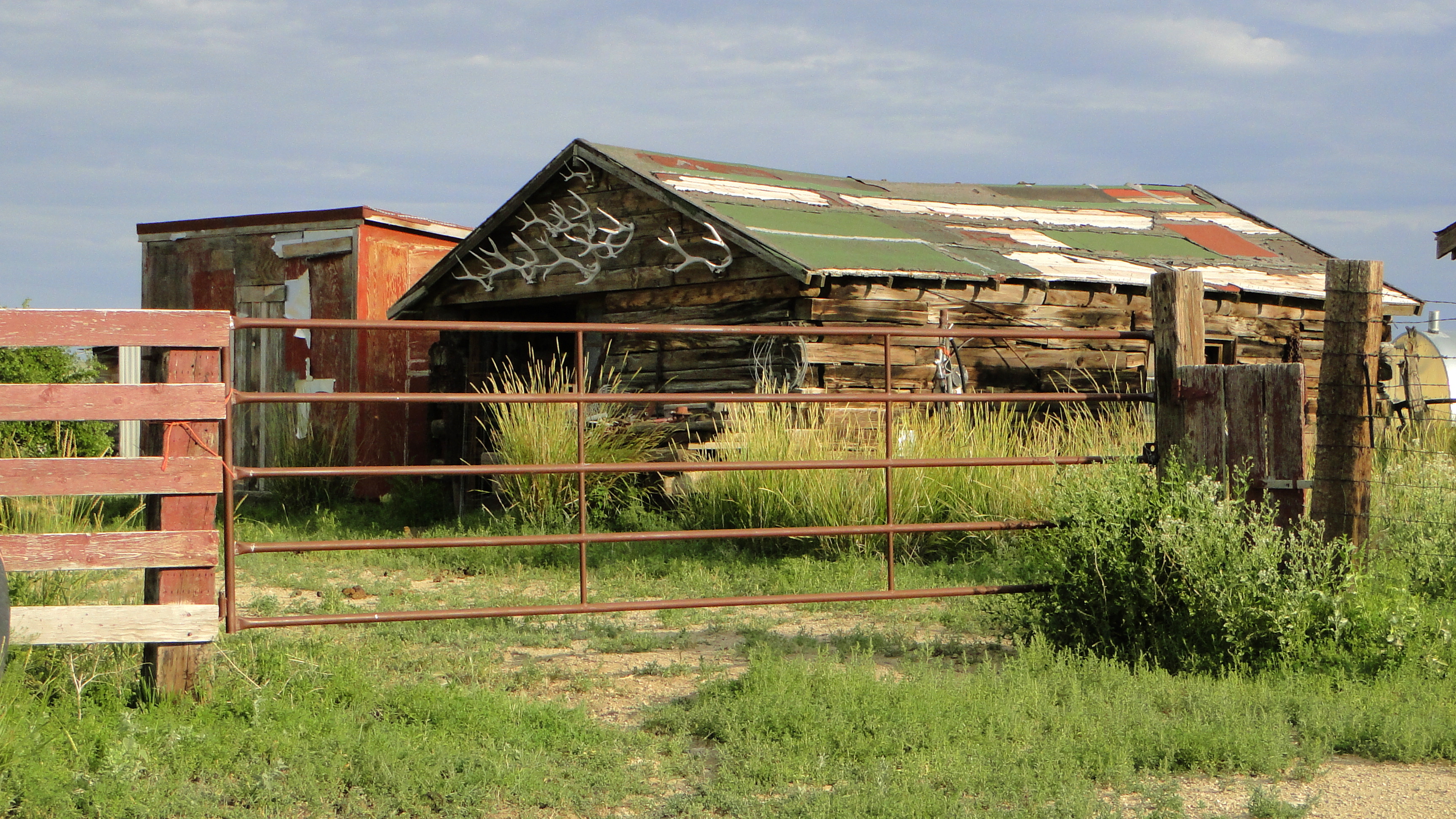
Data wasn’t available for Wyoming in the comprehensive LendingTree analysis, but other sources suggest the state has experienced relatively modest increases compared to national averages. Wyoming’s low population and minimal exposure to coastal storms have helped keep rates more stable.
The Cowboy State’s vast open spaces and lower property values contribute to more manageable insurance costs. However, wildfire risk in certain areas and severe winter weather can still impact premiums for affected homeowners.
28. Texas – The Calm Before the Next Storm
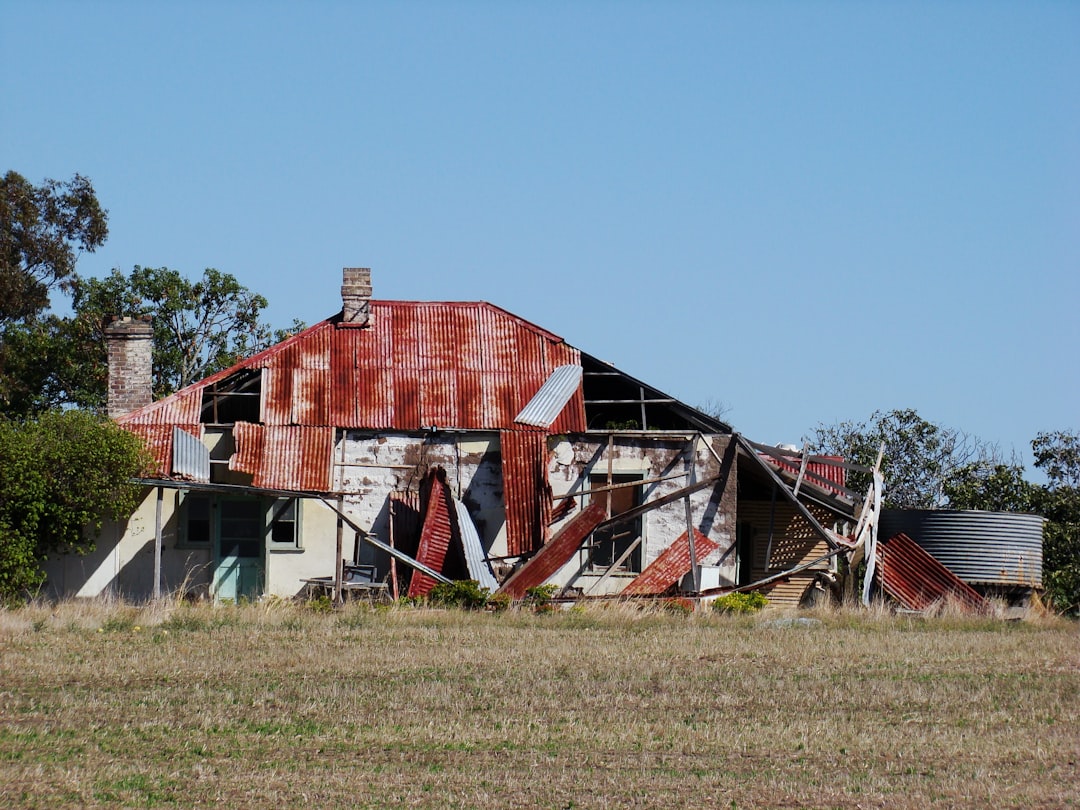
In a surprising turn, Texas saw small increases in 2024 at 3.4%, despite being one of the most disaster-prone states in the nation. This apparent stability masks a more complex reality of an insurance market that has already been through massive disruption.
In Texas rates went up by 3.4 percent in 2024, probably because insurers have already significantly increased their rates or dropped out of the most at-risk areas to avoid higher costs. Texas incurred $400 billion in damages in 2023, the highest among all states.
• **Market Reality:**
– $400 billion in damages (2023)
– Many insurers already fled high-risk areas
– Hail damage epidemic continues
– Hurricane exposure remains critical
27. Florida – The Eye of the Insurance Hurricane
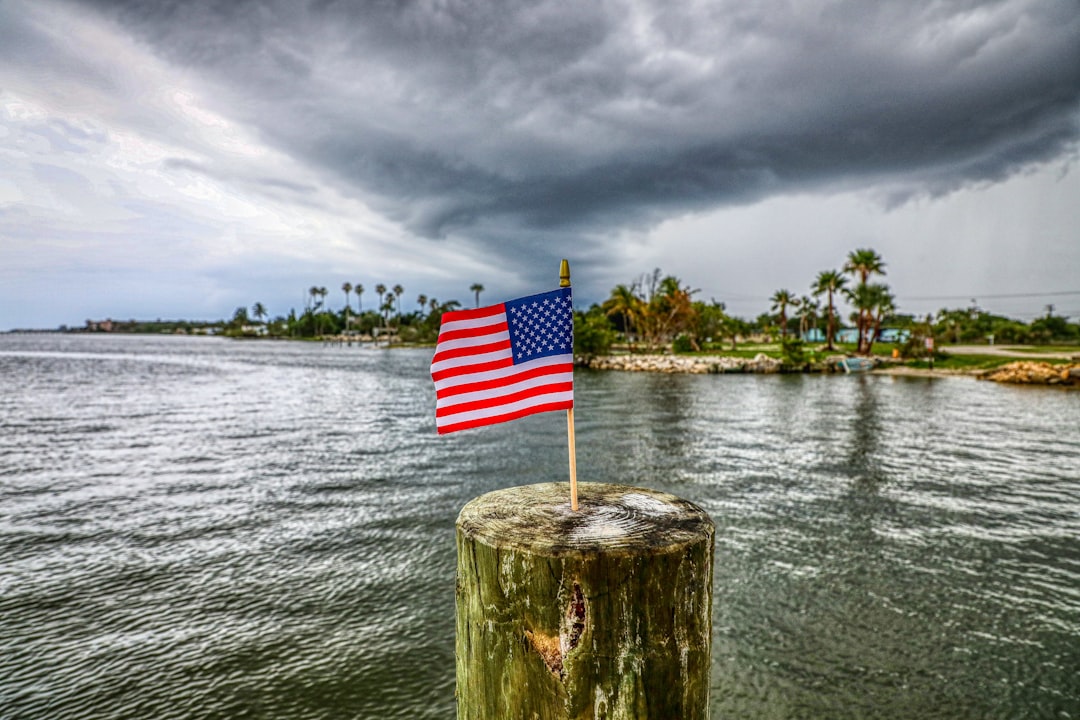
Florida saw the smallest increases in 2024 at 1.7%, but this statistic is deeply misleading. The Sunshine State represents ground zero for America’s home insurance crisis, where homeowners will still pay the most expensive annual premiums in the country for an average of $15,460 by the end of 2025.
In Florida, rates went up by 1.7 percent in 2024, probably because insurers have already significantly increased their rates or dropped out of the most at-risk areas to avoid higher costs. Home insurance prices in Florida were up an average of 68% over two years according to Policygenius data.
**Crisis Indicators:**
• Average premium: $15,460 annually
• 68% increase over two years (some analyses)
• Multiple major insurers have fled the state
• Hurricane risk continues escalating
26. Nevada – Desert Heat Rising in Costs
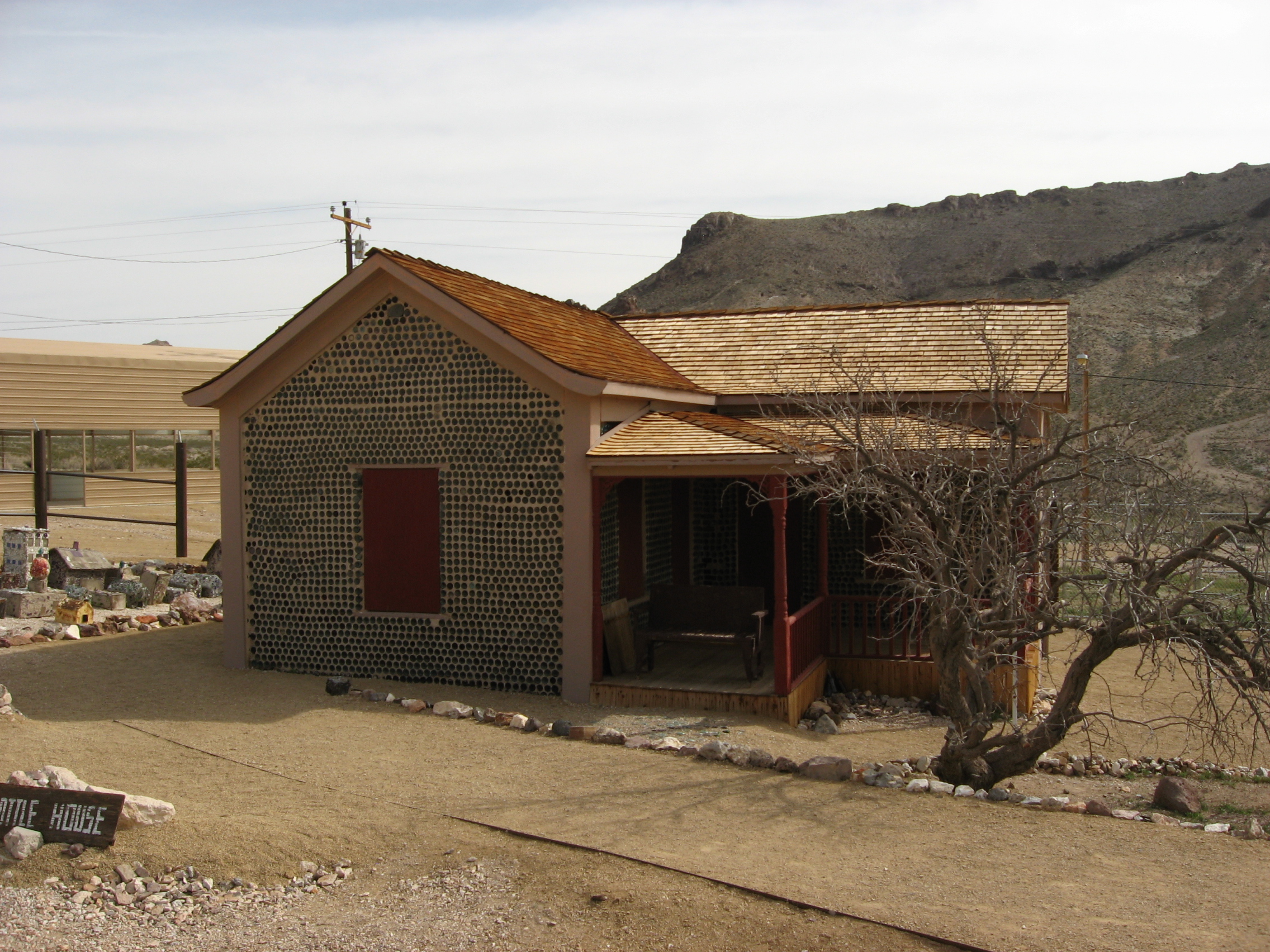
Nevada homeowners have seen moderate increases, with Nevada at 4.3% in 2024. The Silver State’s desert climate provides some protection from the water-related disasters plaguing other regions, but wildfire risk and extreme heat events are growing concerns.
Las Vegas and Reno’s rapid population growth has increased the concentration of insured properties, while climate change brings new challenges including more frequent extreme heat events and occasional flash flooding in desert areas.
25. New Hampshire – Granite State Stability Cracking
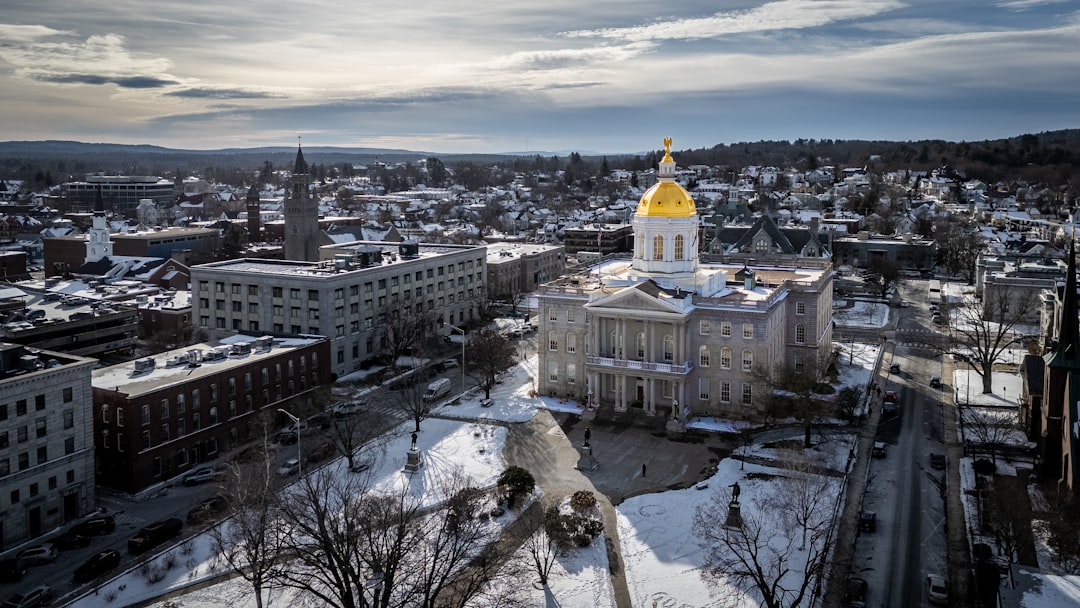
New Hampshire has generally maintained more stable premiums compared to disaster-prone regions, though specific 2024 data wasn’t prominently featured in major analyses. The state’s four-season climate brings varied risks but nothing approaching the catastrophic exposure of coastal or tornado-prone areas.
The state benefits from a relatively stable regulatory environment and diversified risk profile, though increasing severe weather events related to climate change are beginning to impact costs.
24. Oregon – Pacific Northwest Premium Pressures
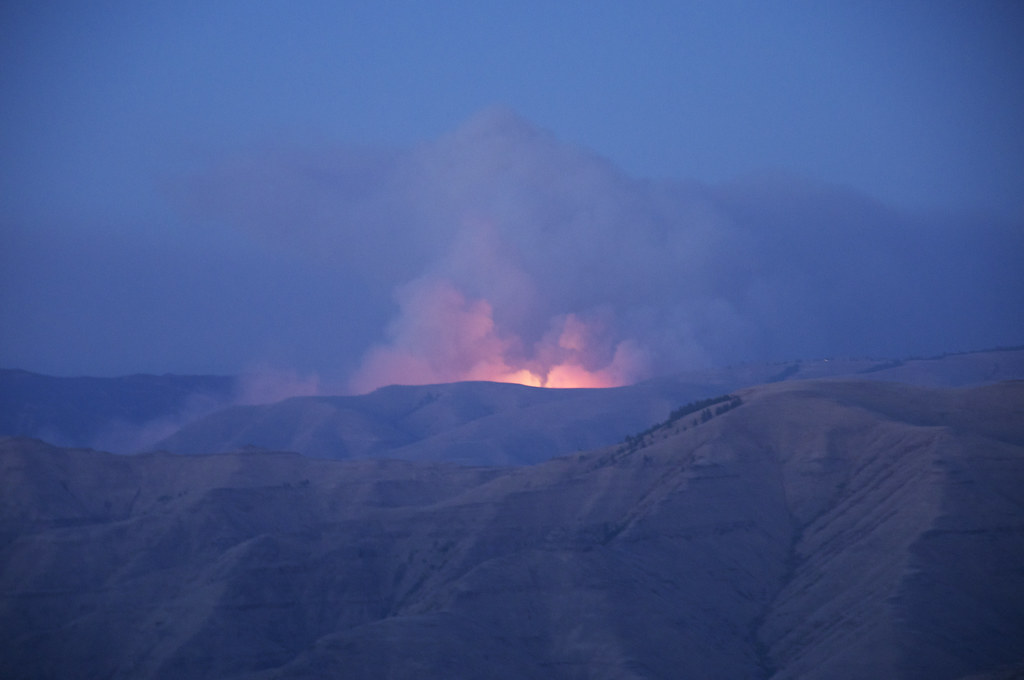
Oregon faces growing insurance challenges, particularly in wildfire-prone areas. While not among the states with the most dramatic increases, Pacific Northwest residents are feeling the pressure from increased wildfire activity and changing weather patterns.
The state’s coastal areas face different risks than inland regions, creating a complex insurance landscape where location within the state significantly impacts premium costs.
23. Michigan – Great Lakes, Growing Costs
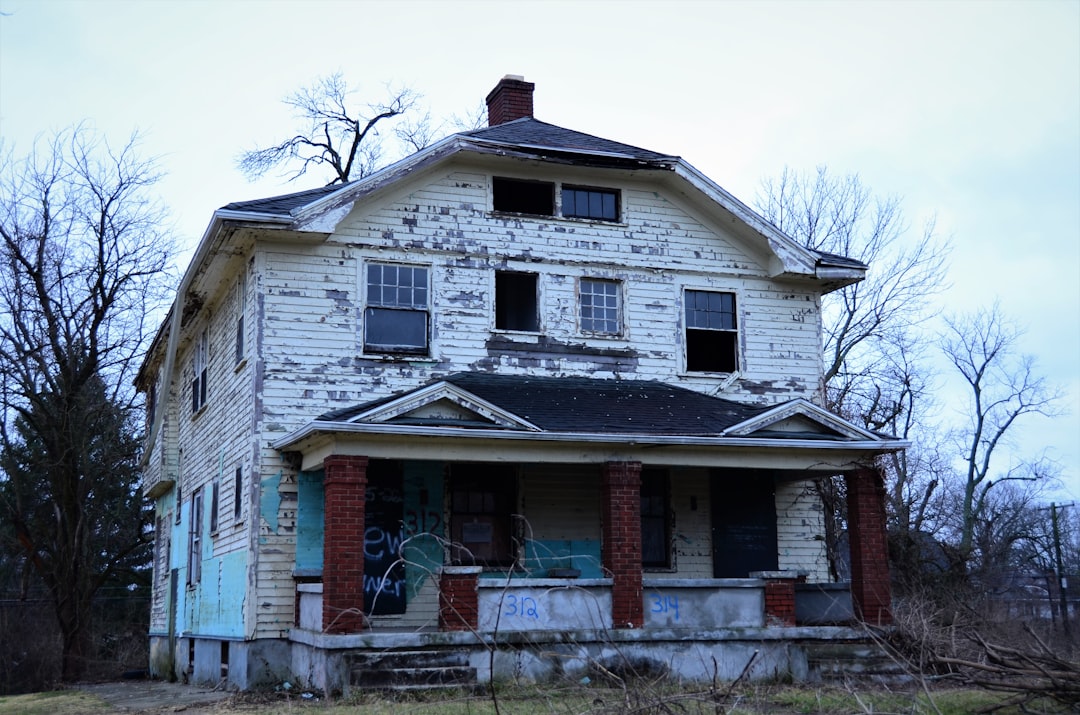
Michigan homeowners have experienced steady premium increases, though the state has avoided the most extreme spikes seen in disaster-prone regions. The Great Lakes provide some protection from certain weather extremes, but severe winter storms and occasional tornadoes still impact costs.
The state’s manufacturing heritage means many older homes require higher replacement costs, while urban areas like Detroit face unique challenges related to property values and crime rates affecting insurance calculations.
22. Pennsylvania – Keystone State Under Pressure

Pennsylvania has seen moderate increases across its diverse geography. The state’s mix of urban areas, rural farmland, and mountainous regions creates varied risk profiles that insurers must navigate when setting rates.
While avoiding the catastrophic losses of hurricane and wildfire states, Pennsylvania still deals with severe winter storms, occasional flooding, and the higher replacement costs associated with older housing stock in cities like Philadelphia and Pittsburgh.
21. New Mexico – Land of Enchantment, Rising Premiums
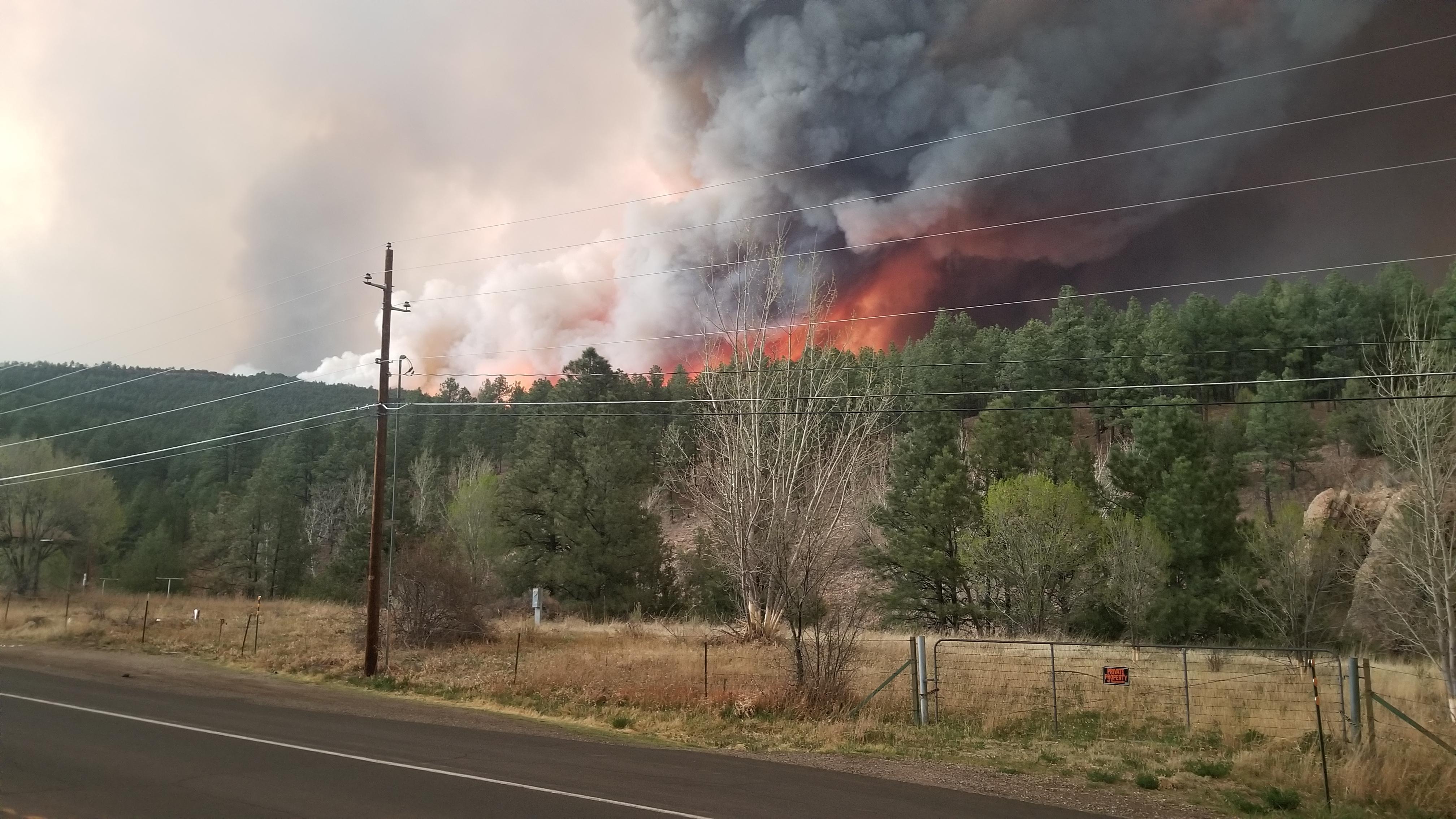
New Mexico saw increases highest at 8.3% in the first part of 2023, indicating the state has been experiencing above-average premium growth. New Mexico experienced weather or climate disaster events with damages or costs that exceeded $1 billion in 2022.
The Land of Enchantment faces increasing wildfire risks and severe weather events that are driving up insurance costs. The state’s high elevation and arid climate contribute to fire danger, while severe storms can bring destructive hail.
**Risk Factors:**
• Multiple billion-dollar disasters in 2022
• Increasing wildfire exposure
• Severe hail potential
• Drought conditions
20. Arizona – Grand Canyon State, Grand Premium Increases

Arizona saw the second highest increases at 8.2% in early 2023 data, and Arizona experienced weather or climate disaster events with damages or costs that exceeded $1 billion in 2022. Living in Arizona means being aware of flash floods during monsoon season from June through September, and the state’s arid climate can contribute to wildfires.
The Desert State’s unique weather patterns create specific insurance challenges. Monsoon seasons bring sudden, devastating floods, while the dry conditions fuel dangerous wildfires.
• **Climate Challenges:**
– Flash flood risk during monsoons
– Wildfire danger from arid conditions
– Multiple billion-dollar disasters
– Extreme heat events
19. South Dakota – Prairie Premium Surge
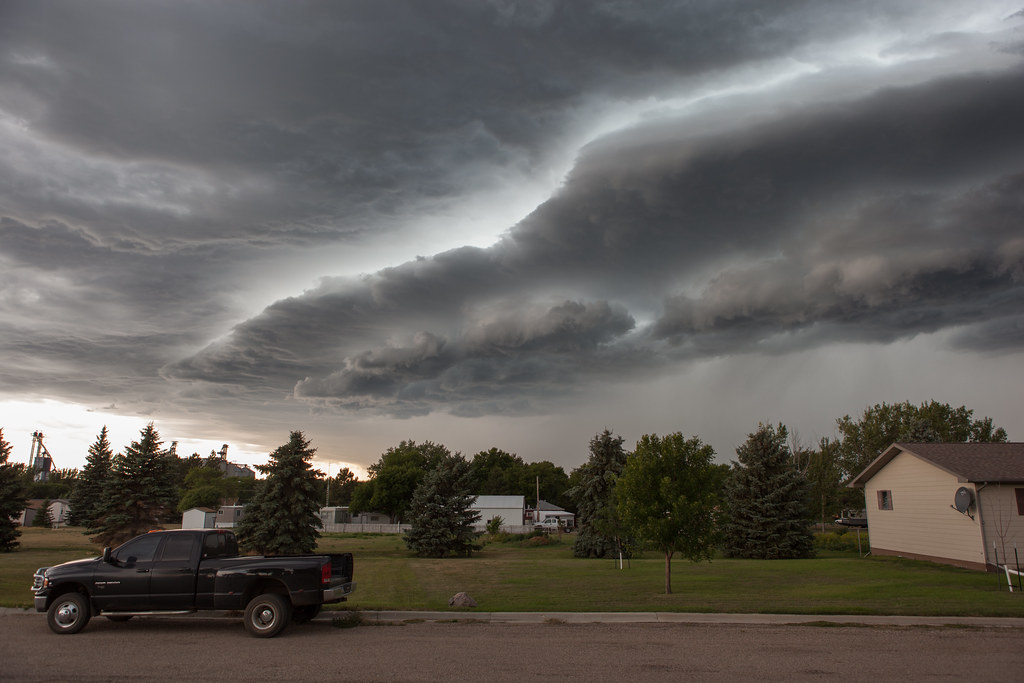
South Dakota saw increases at 7.3% in early 2023, and South Dakota experienced weather or climate disaster events with damages or costs that exceeded $1 billion in 2022. South Dakota faced an average premium increase of 28% according to Policygenius data from May 2022 to May 2023.
Between 2018 and 2022, South Dakota residents suffered through severe storms, droughts and flooding that resulted in eight billion-dollar weather and climate disasters in the state. The Mount Rushmore State sits in a challenging position weather-wise, exposed to both tornado activity and severe storms.
**Disaster History:**
• 8 billion-dollar disasters (2018-2022)
• 28% premium increase in one analysis
• Severe storm exposure
• Drought and flooding risks
18. Alabama – Heart of Dixie, Heart of High Premiums
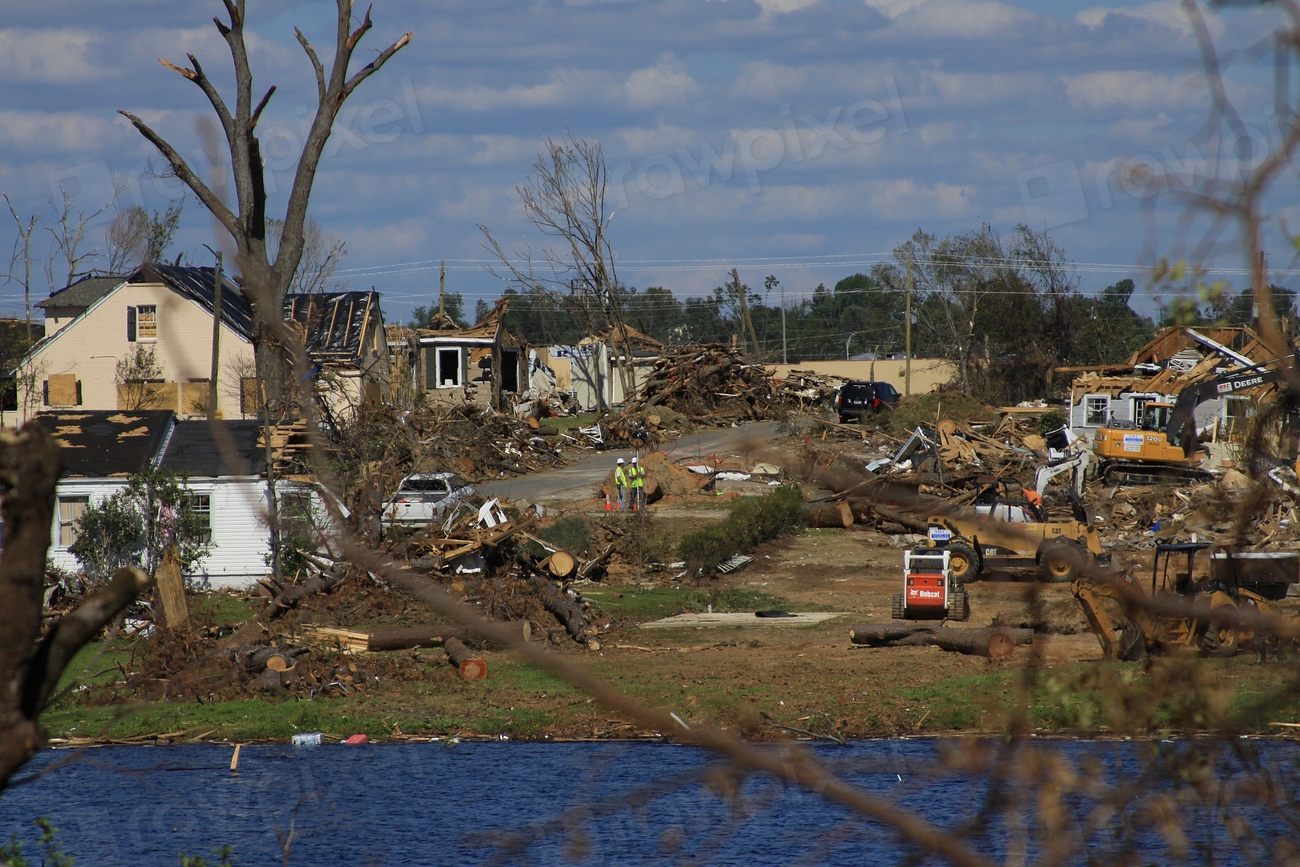
Alabama’s geographic location makes it vulnerable to numerous strong storms, tornadoes and hurricanes are relatively common, and parts of the state are vulnerable to widespread flooding, with the higher likelihood of home damage possibly explaining why its average homeowners insurance rates are higher than the national average.
The Heart of Dixie faces a perfect storm of weather-related risks that keep insurance costs elevated. Its Gulf Coast exposure and position in tornado-prone regions create multiple avenues for catastrophic loss.
17. Wisconsin – Badger State Battling Rising Costs
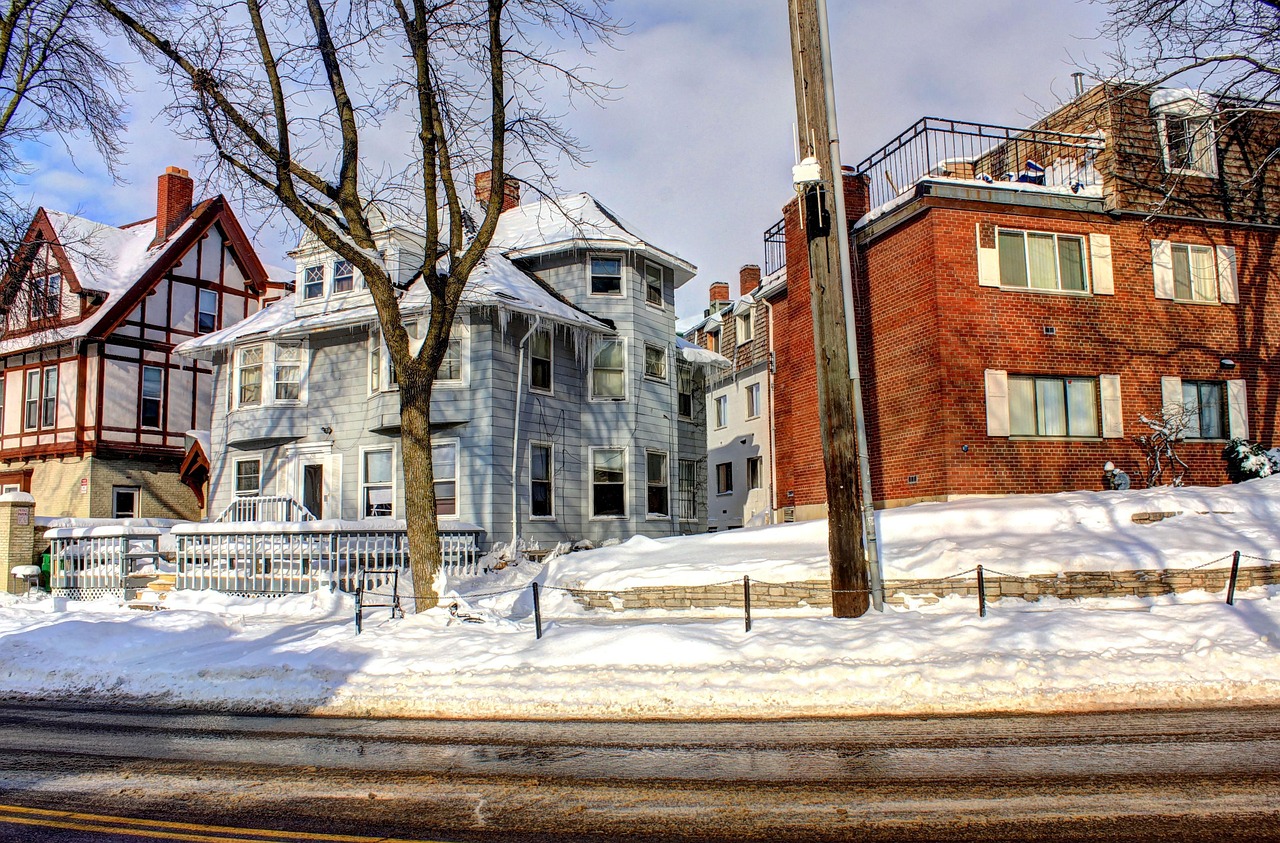
Wisconsin homeowners have seen steady increases, though the state benefits from its Great Lakes location that provides some protection from the most extreme weather events affecting other Midwest regions.
Severe winter storms and occasional severe weather events still impact costs, while the state’s agricultural economy means many properties face unique risks related to rural exposures.
16. North Carolina – Tar Heel State Feeling the Heat
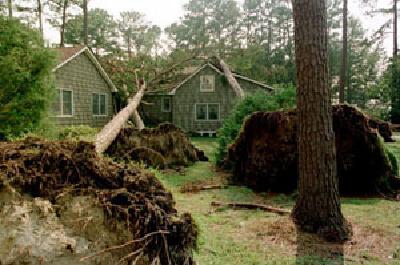
North Carolina saw the most significant increase at 12.4% in 2022. North Carolina residents can blame a portion of the rate increases they saw in 2022 on a new policy that went into effect on June 1, 2022, introducing a statewide premium increase of 7.9%, though the North Carolina Rate Bureau had initially requested average statewide rate increases of 24.5%.
The Tar Heel State’s coastal exposure to hurricanes combined with inland severe weather creates a challenging insurance environment. Regulatory changes have also contributed to recent premium increases.
15. Ohio – Buckeye State Premium Bucking
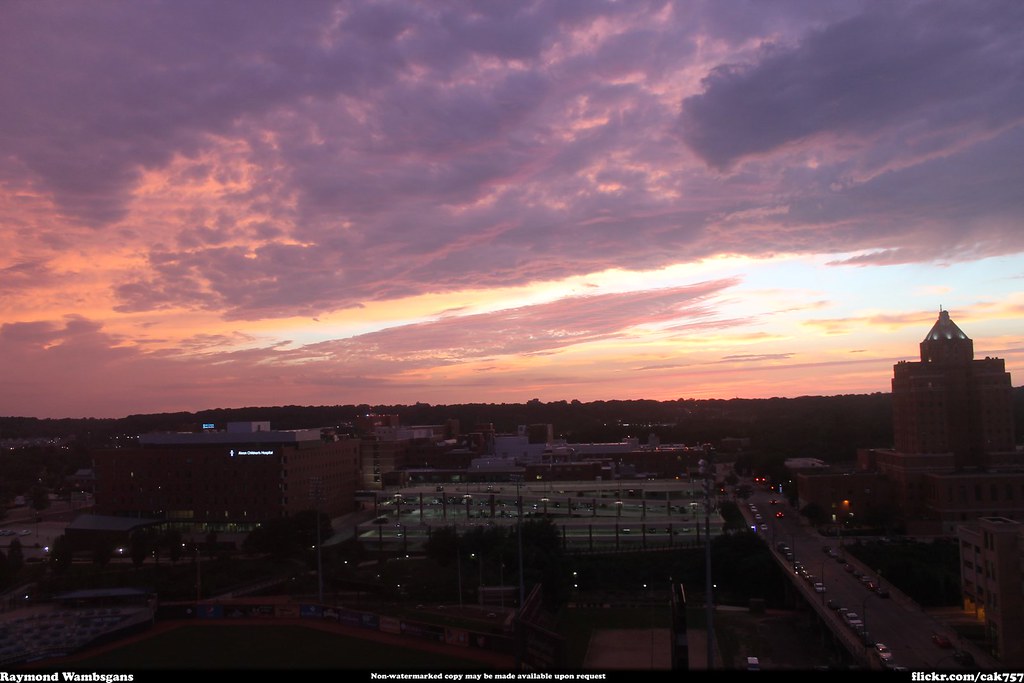
Ohio has experienced moderate increases, with the state’s central location providing some protection from coastal storms while still facing Midwest severe weather risks including tornadoes and severe winter storms.
The state’s diverse geography means different regions face different primary risks, from lakefront flooding near Lake Erie to tornado exposure in central and western counties.
14. Missouri – Show Me Higher Premiums
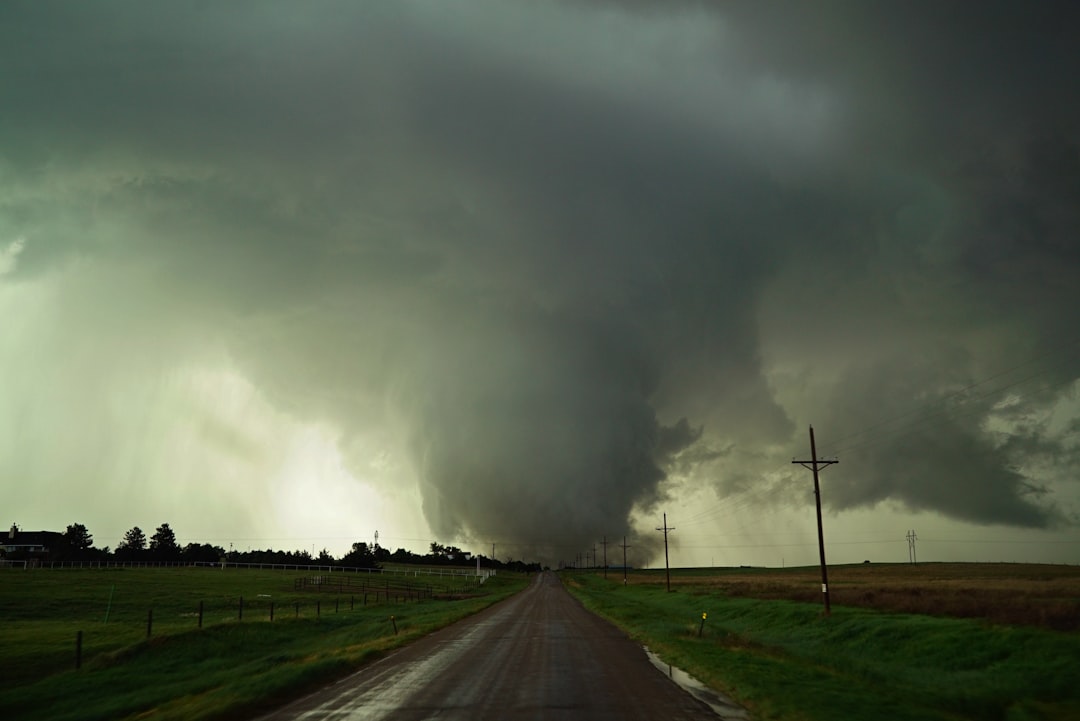
Missouri sits in a challenging position for severe weather, with tornado exposure and increasing storm severity driving up insurance costs. Arkansas is at “very high” risk for losses from ice storms, according to FEMA, behind Oklahoma and Missouri.
The Show Me State faces multiple weather perils, from tornadoes to severe ice storms, creating a complex risk environment that insurers must price accordingly.
13. Indiana – Hoosier State Premium Headaches
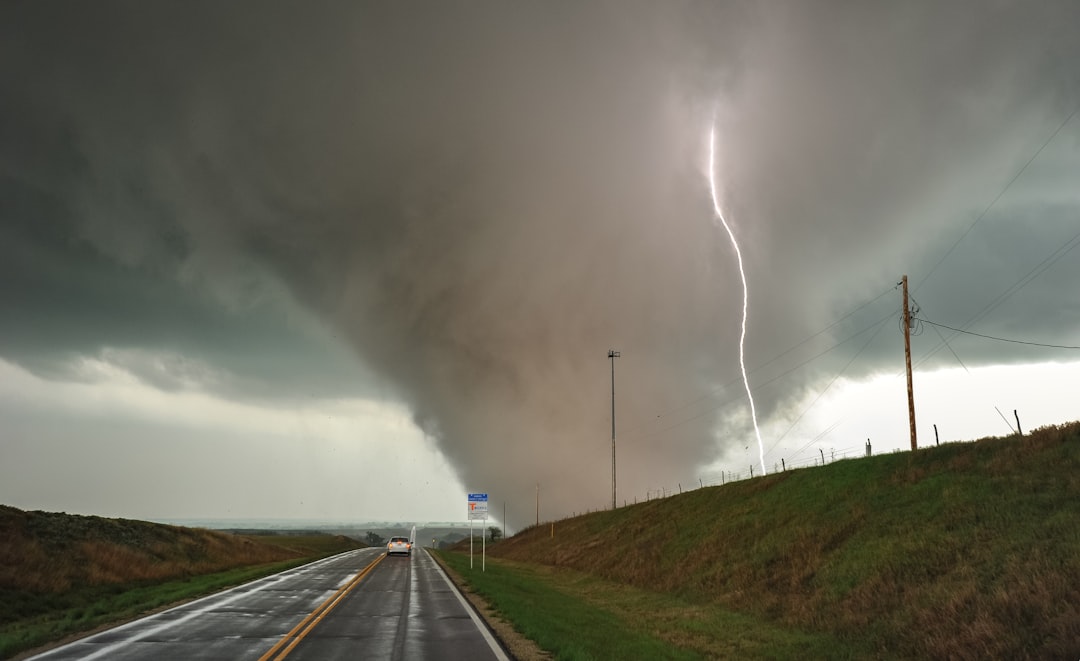
Indiana homeowners face increasing costs from severe weather exposure, including tornado risk and severe storms. The state’s position in the Midwest corridor puts it in the path of multiple severe weather systems throughout the year.
Manufacturing centers and agricultural areas each present different risk profiles, while severe weather events continue to drive claims and subsequent premium increases.
12. Illinois – Prairie State Premium Pressure
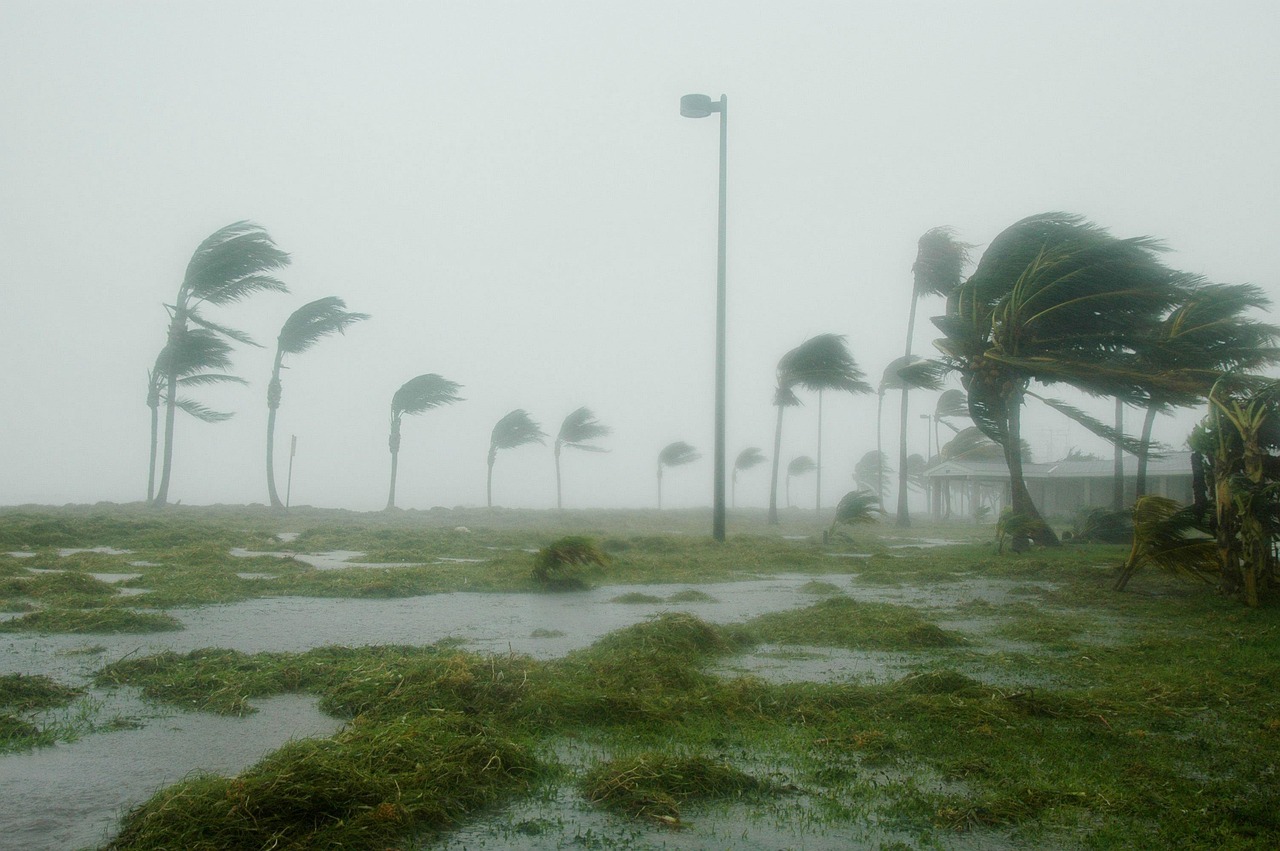
Illinois faces growing insurance costs, particularly in areas exposed to severe weather. Chicago’s dense urban environment creates different risk calculations than rural areas, while the entire state faces exposure to severe storms and occasional tornado activity.
The state’s varied geography from urban Chicago to rural farmland requires complex risk assessment, with different areas facing different primary threats to insured properties.
11. Virginia – Old Dominion, New Premium Problems
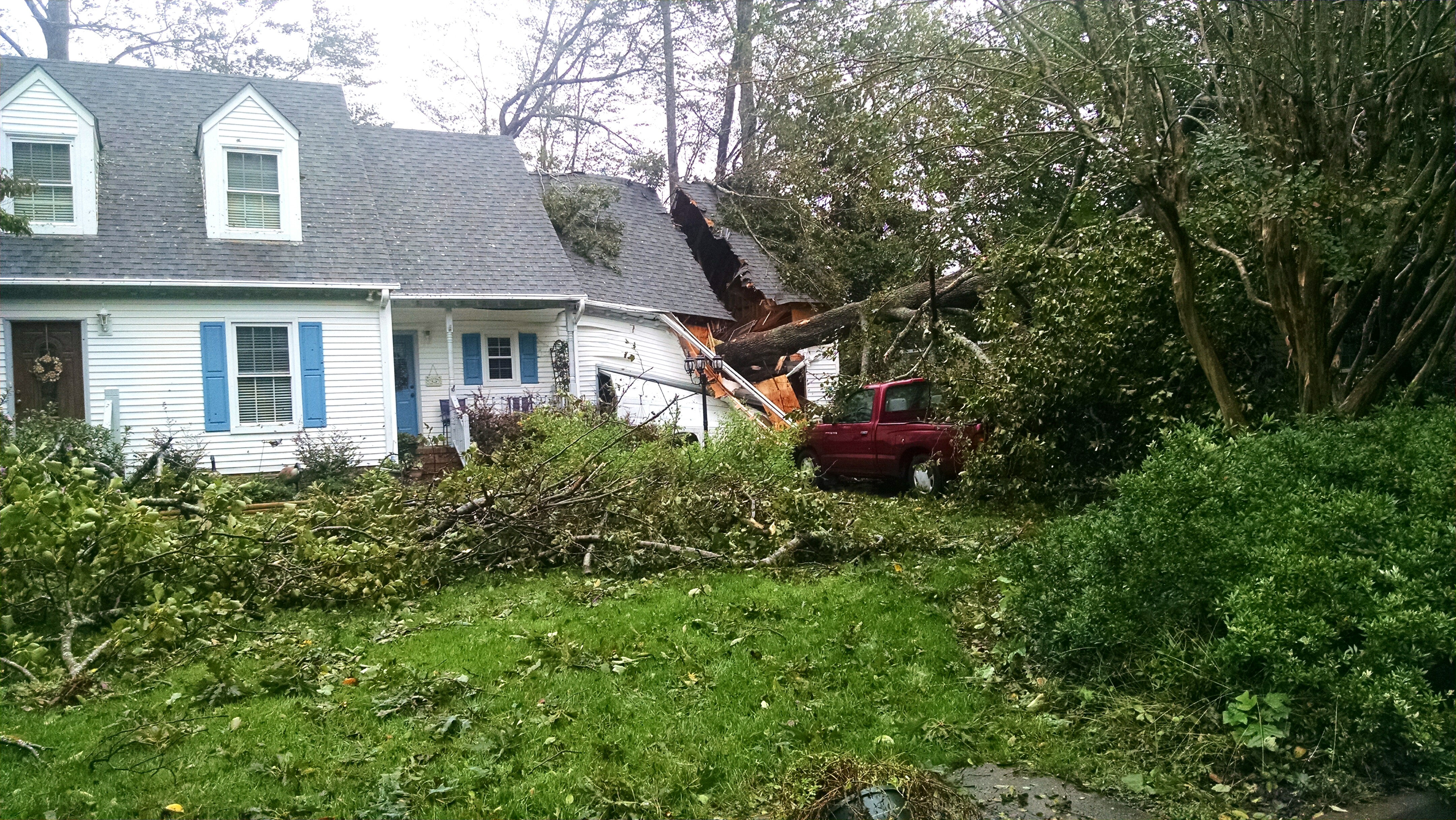
Virginia’s coastal areas face hurricane risk while inland regions deal with severe weather and occasional tornado activity. The state’s proximity to major storm tracks along the Eastern seaboard creates ongoing exposure to significant weather events.
Urban areas like Virginia Beach and Norfolk face particular challenges from coastal storm surge, while mountainous regions have different risk profiles related to wind and winter weather.
10. Oklahoma – Sooner State Facing Sooner Premium Spikes
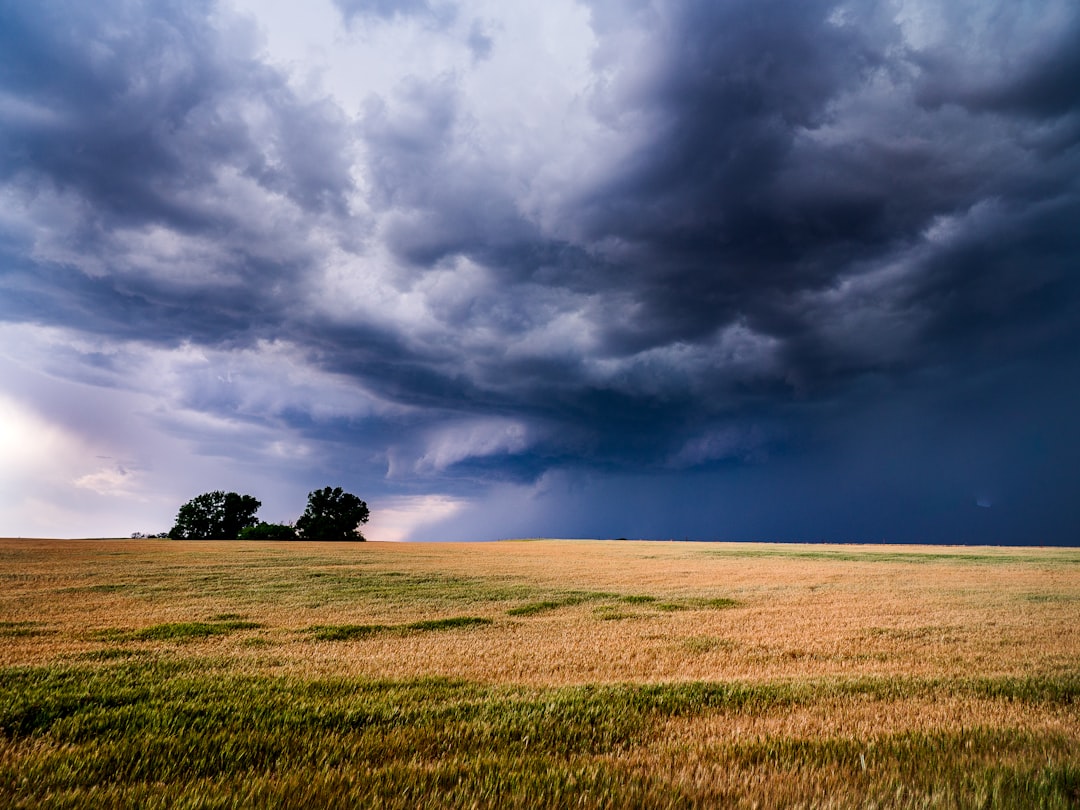
Oklahoma is the most expensive state for home insurance at $5,858 a year, and Oklahoma saw an 11.2% increase in 2022. From 2022 to 2023, Oklahoma saw a 41% increase in tornadoes.
In recent years, Oklahoma has seen the risk of tornadoes, hail, and severe winds grow, and insurers are taking notice, with Farmers Insurance announcing non-renewals for 1,300 policyholders in the state last year. Oklahoma faced a 27% average premium increase according to some analyses.
**Tornado Alley Reality:**
• Currently most expensive state: $5,858/year
• 41% increase in tornadoes (2022-2023)
• Major insurer withdrawals
• Severe hail and wind exposure
9. Kansas – Sunflower State in Severe Weather’s Path
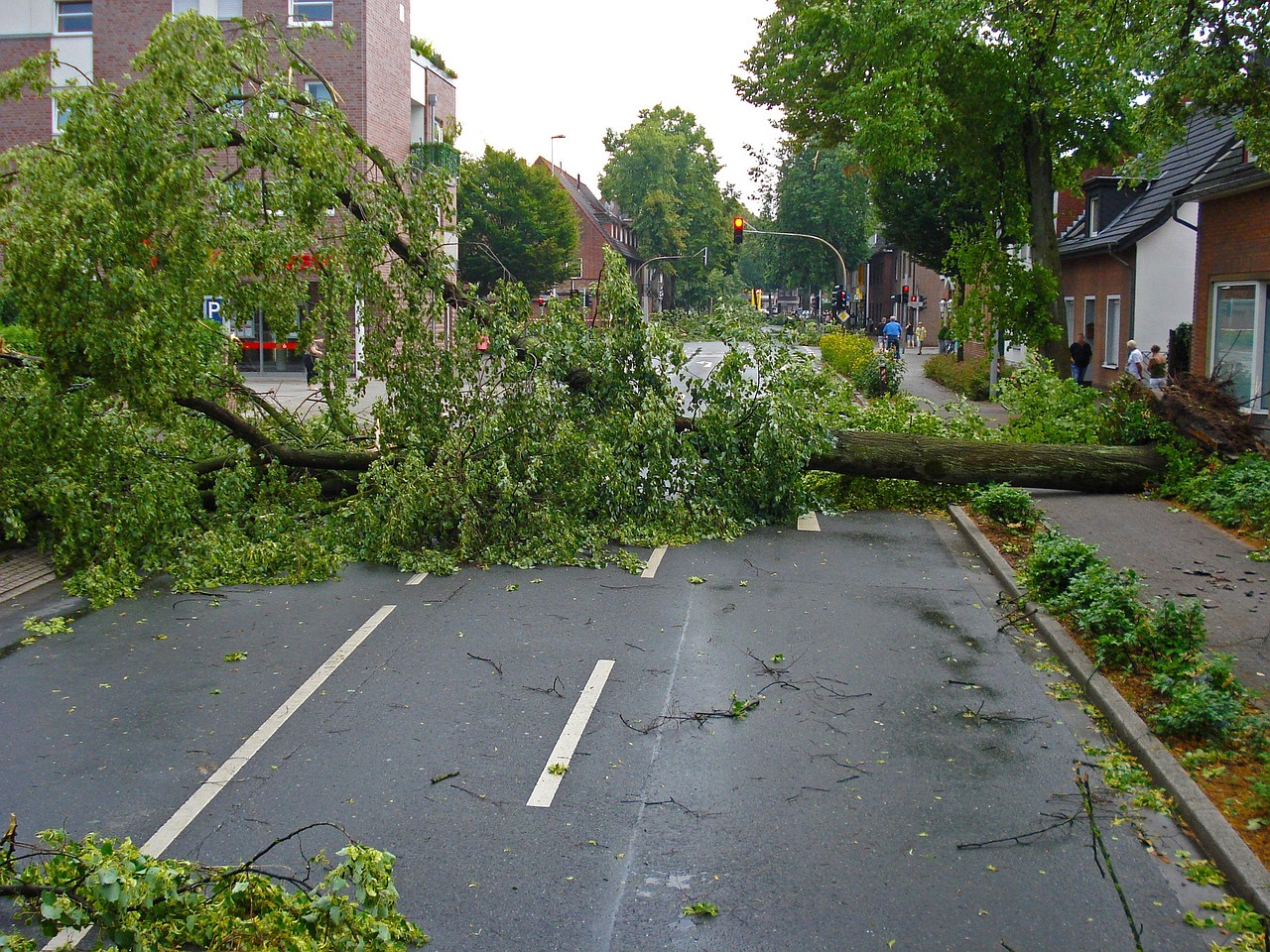
Kansas remains one of the more expensive states for home insurance, located in the middle of Tornado Alley, Kansas experienced 45 tornadoes in 2023, with preliminary reports of 89 tornadoes in 2024. Hail is a major concern for Kansas homeowners, with hail events increasing 68% between 2022 and 2023, with the state having 778 hail events in 2023.
Preliminary findings show the state recorded the second-most severe wind events of any state in 2024 with 948, according to National Oceanic and Atmospheric Administration data. The state’s most populous city, Wichita, is most at risk for hail damage.
• **Weather Statistics:**
– 89 tornadoes in 2024 (preliminary)
– 778 hail events in 2023
– 68% increase in hail events (2022-2023)
– 948 severe wind events in 2024
8. Louisiana – Pelican State Drowning in Premium Costs
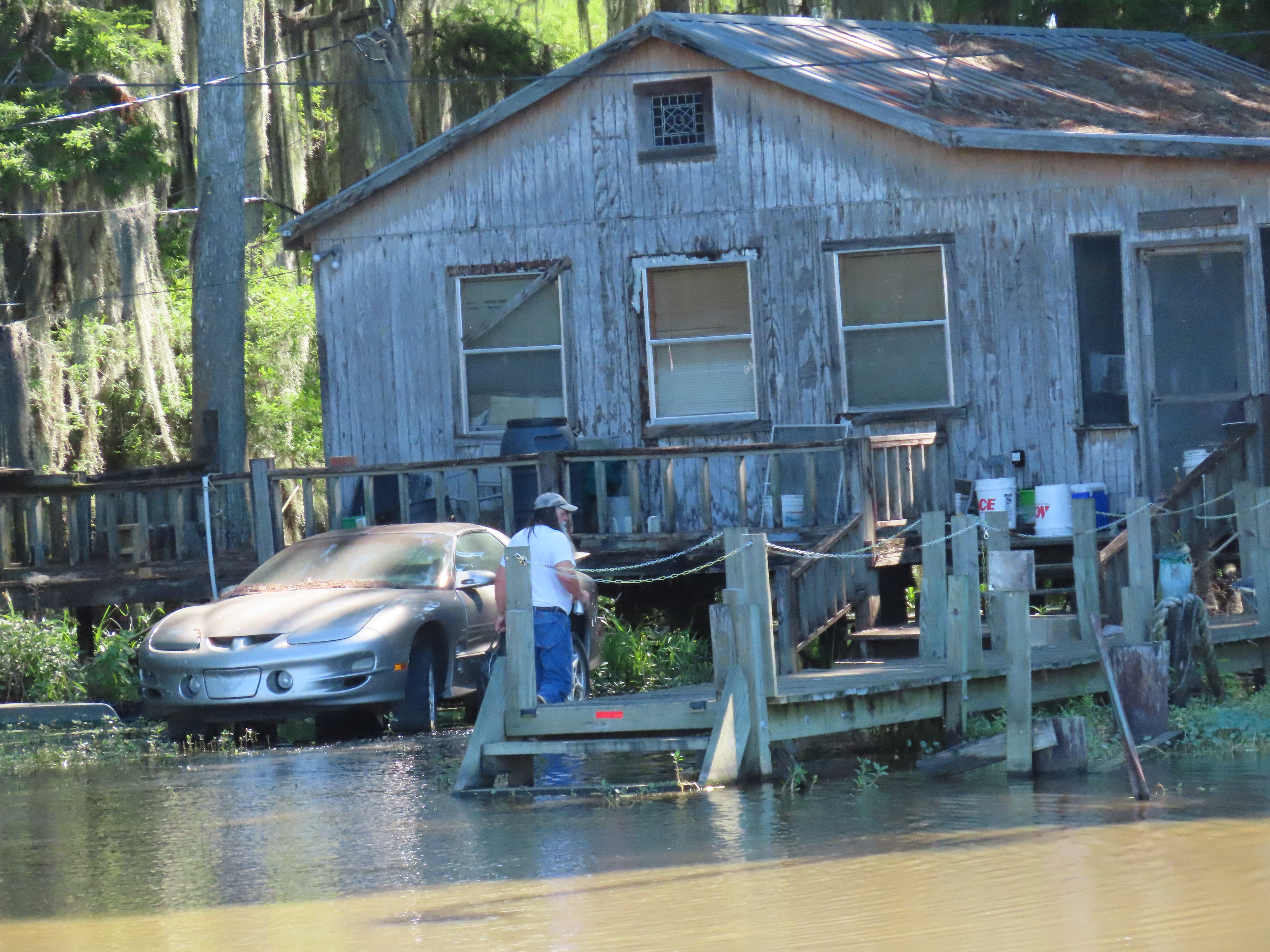
In 2024, Louisiana saw insurance premiums increase by a staggering 38%, with Insurify projecting that in 2025, Louisiana homeowners and insurers will continue to face surging costs. Louisiana premiums are projected to rise 28% in 2025.
Louisiana is expected to be followed by Oklahoma with a projected annual average premium of $13,937. Louisiana registered $310 billion in damages, the third largest, and has the second highest home insurance rates.
**Hurricane State Devastation:**
• 38% premium increase in 2024
• $13,937 projected annual average
• $310 billion in damages
• Continuing hurricane exposure
7. Arkansas – Natural State, Unnatural Premium Growth
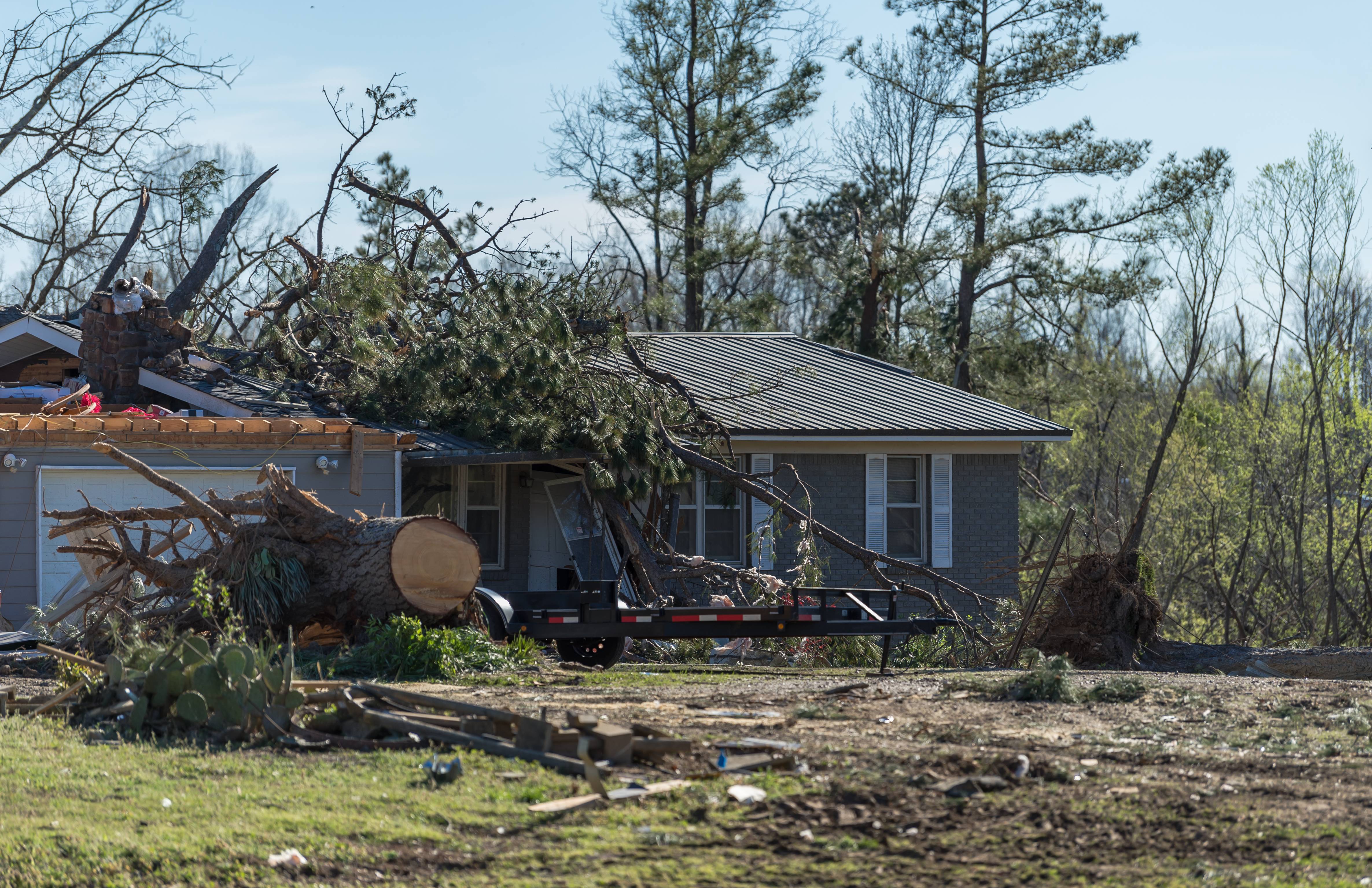
Insurify projects high home insurance costs will continue in Arkansas, with insurers losing money in the state in both 2022 and 2023, paying out more in claims than they took in through premiums. Arkansas was one of several states struck by a May 2024 outbreak of 110 tornadoes, leading to about $3.5 billion in damages.
In Arkansas, storm winds reached up to 155 mph, and in the wake of Hurricane Beryl, the state saw an additional 10 tornadoes on July 8, the largest July tornado outbreak on record in the state. Arkansas is at “very high” risk for losses from ice storms, according to FEMA, behind Oklahoma and Missouri, with the sheer weight of ice or snow causing roof damage, with falling ice-covered tree limbs adding more danger.
• **Natural Disaster Impact:**
– 110 tornadoes in May 2024 outbreak
– $3.5 billion in damages
– 155 mph storm winds
– Record July tornado outbreak
6. Colorado – Centennial State, Centennial Premium Problems
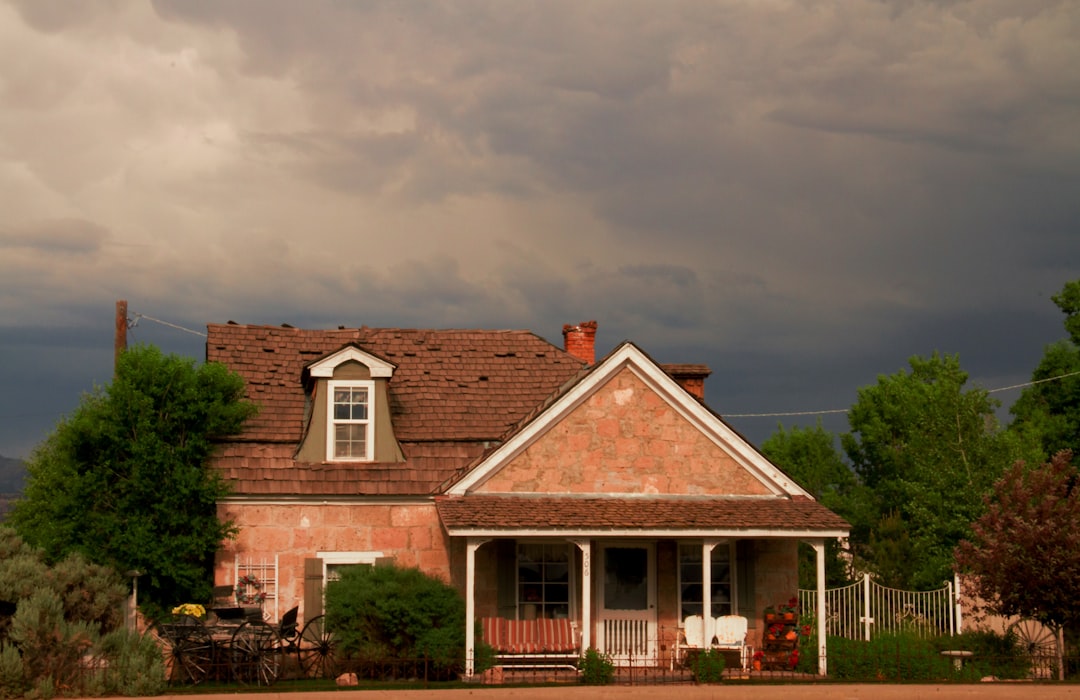
In those same six years, home insurance rates rose the most in Colorado, with rates jumping by 76.6% cumulatively from 2019 through 2024. Insurify projects Colorado’s average home insurance cost will overtake Texas’ by the end of 2025, with Centennial State insurers losing money in 2023, paying out more in claims than they took in through premiums.
Colorado will become one of the four most expensive by the end of the year, with a projected average annual premium of $8,369, considering an 11 percent increase. Colorado faced a 30% average premium increase according to Policygenius data.
**Rocky Mountain High Costs:**
• 76.6% cumulative increase (2019-2024) – highest in nation
• Insurers lost money in 2023
• $8,369 projected annual premium
• 30% increase in some analyses
5. Utah – Beehive State Buzzing with Higher Costs
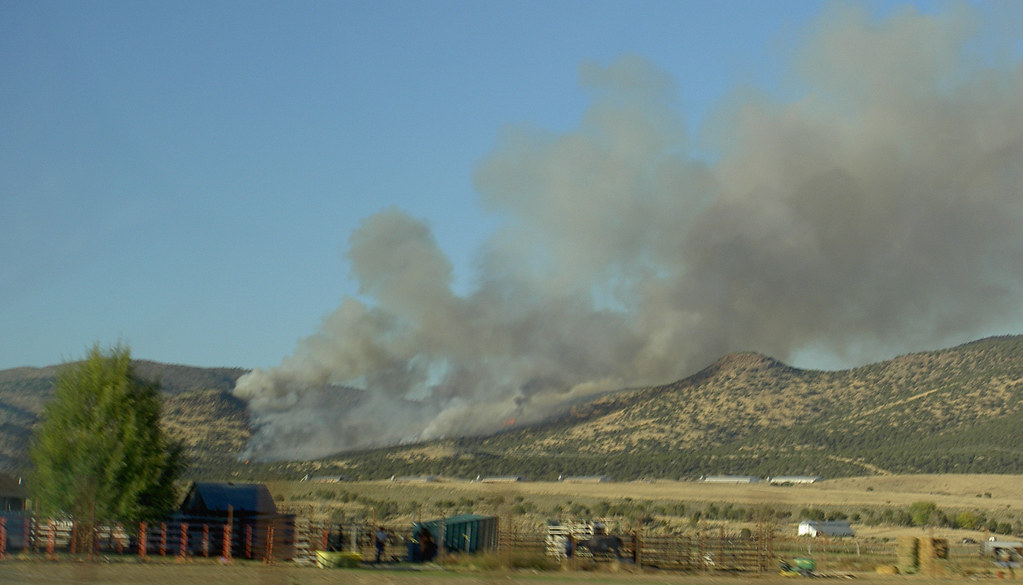
Utah followed with 70.6% cumulative increases from 2019-2024. According to Salt Lake City-based KUTV, Utah is one of the states building the most in Wildland Urban Interface areas, meaning new developments are encroaching on wildlands more prone to wildfires, floods and other disasters, which may increase home insurance claims.
The Beehive State’s rapid population growth and expansion into high-risk areas has created a perfect storm for insurance cost increases. Development in fire-prone areas increases both the number of homes at risk and the potential for catastrophic losses.
4. Idaho – Gem State Premium Explosion
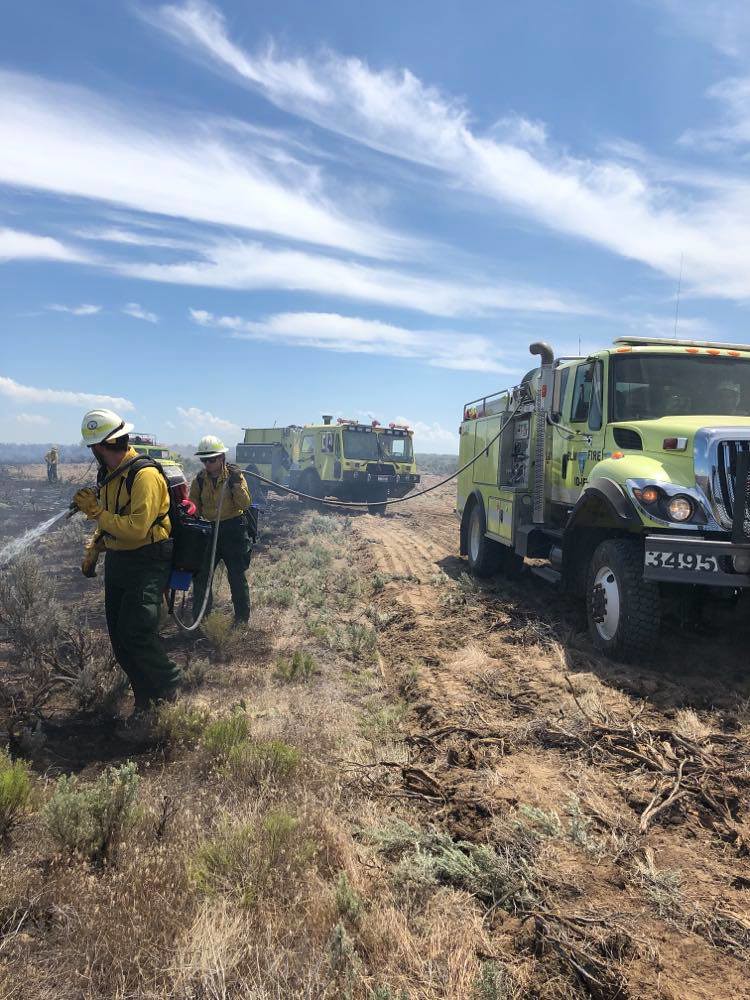
Idaho faced a 31% average premium increase according to Policygenius data from May 2022 to May 2023. The Gem State is one of the riskiest states for wildfires, with a historic and continuing threat of wildfires putting increasing pressure on home insurance companies.
Idaho’s mountainous terrain and dry conditions create significant wildfire exposure, particularly as development expands into previously undeveloped areas. The state’s natural beauty attracts new residents, but many are building in high-risk wildfire zones.
3. Iowa – Hawkeye State Under Severe Weather Siege
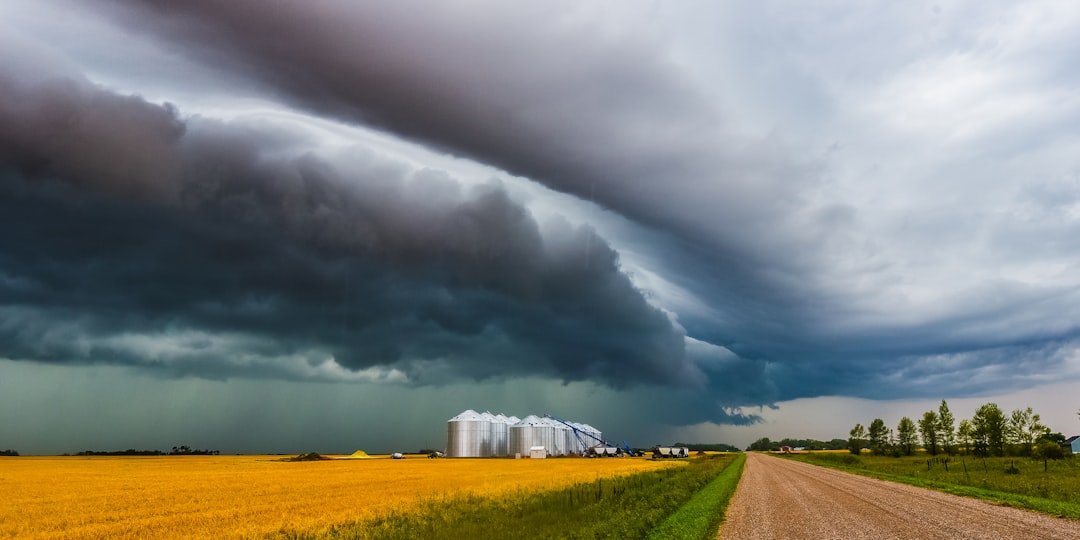
Hail, flooding, and strong winds are major contributors to Iowa’s climbing insurance costs, with hail events increasing in Iowa by 133% from 2022 to 2023. Iowa followed at 21.1% in 2024 state increases, and Iowa recorded 131 tornadoes last year, tied for the second most of any state.
Flooding from heavy rains in June 2024 impacted northwest Iowa and southern Minnesota, forcing evacuations and damaging thousands of homes. In Iowa, a 15% rise in premiums is projected, driven by escalating wind and hail events which have become more frequent and damaging, and Minnesota will also see a 15% increase.
**Severe Weather Statistics:**
• 133% increase in hail events (2022-2023)
• 131 tornadoes in 2023 (tied for 2nd most)
• 21.1% rate increase in 2024
• Major flooding events in 2024
2. Montana – Big Sky, Bigger Premium Increases
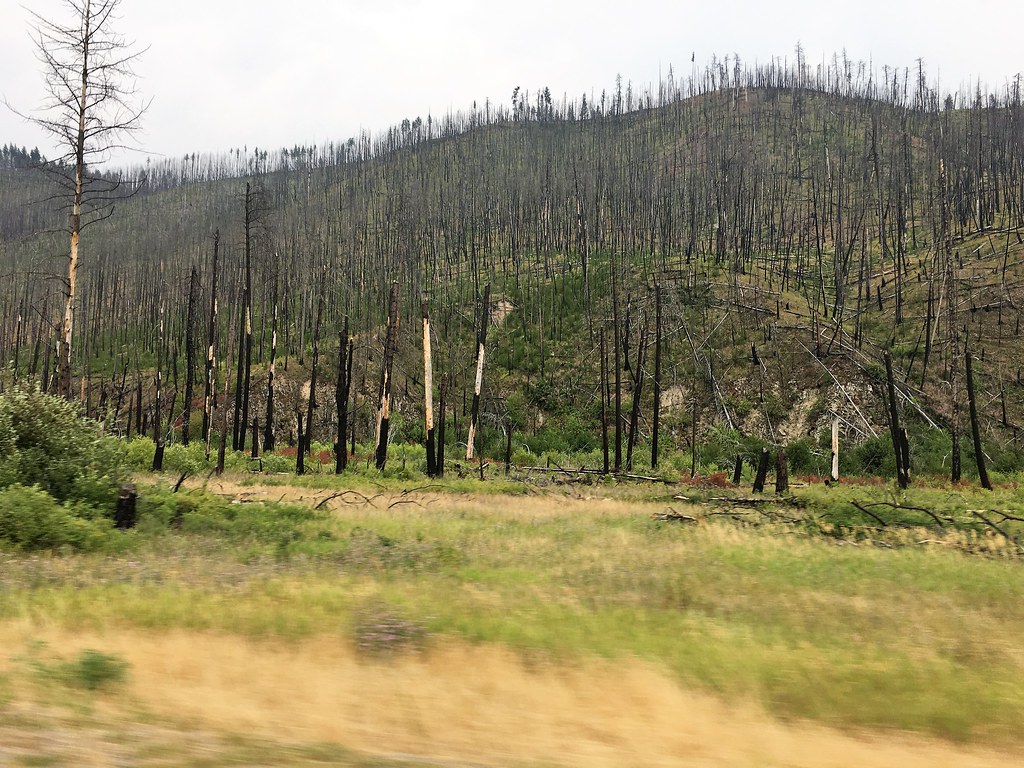
The states with the biggest increases in 2024 were Montana and Nebraska, both at 22.1%. Montana followed Nebraska at 22% in another analysis. The same report found that rates went up the most in Nebraska, followed by Montana.
Big Sky Country has experienced dramatic premium increases as severe weather events and wildfire risks continue to escalate. The state’s vast rural areas and increasing development in high-risk zones contribute to growing insurance challenges.
**Premium Explosion:**
• 22.1% increase in 2024
• Second-highest single-year increase
• Wildfire and severe weather exposure
• Rural development challenges
1. Nebraska – Cornhusker State Crushing Homeowner Budgets
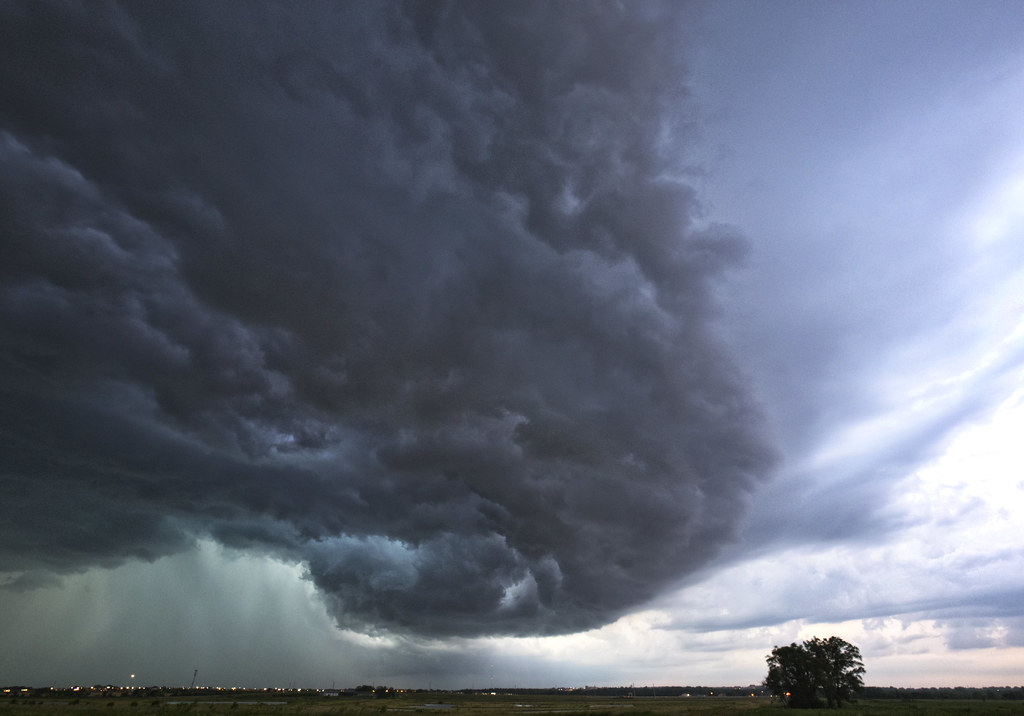
The states with the biggest increases in 2024 were Montana and Nebraska, both at 22.1%, and Nebraska followed with 72.3% cumulative increases from 2019-2024. Nebraska saw the biggest rate increase at 22.7% in one analysis, and homeowners in Nebraska saw the largest overall jump in rates last year, at a weighted average of 22.7%.
Nebraska won the award for priciest home insurance in 2025, and in 2024, Nebraska recorded its highest number of tornadoes in 20 years, suffering $15 million in property damage. Rates went up the most in Nebraska according to multiple analyses.
**Tornado Alley Champion:**
• 22.7% increase in 2024 (highest)
• 72.3% cumulative increase (2019-2024)
• Highest tornado count in 20 years
• $15 million in property damage from tornadoes
• Currently competing for most expensive state
| **State** | **2024 Increase** | **Cumulative 2019-2024** | **Primary Risk Factors** |
|———–|——————-|—————————|————————–|
| Nebraska | 22.7% | 72.3% | Tornadoes, hail, severe storms |
| Montana | 22.1% | Not specified | Wildfires, severe weather |
| Iowa | 21.1% | Not specified | Hail (133% increase), tornadoes, flooding |
The Perfect Storm Behind Premium Explosions
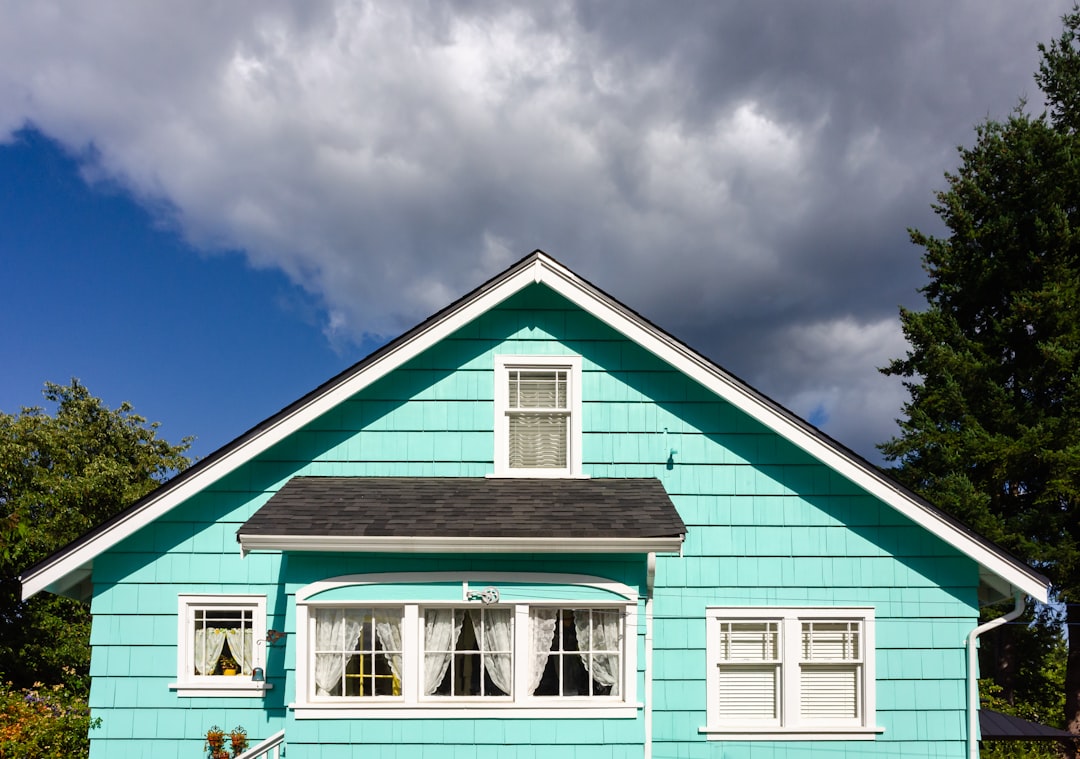
The devastating premium increases across these states reflect a confluence of factors that have fundamentally altered the home insurance landscape. Over the past two years, national average home insurance rates have risen by 20%, with this trend expected to continue in 2025, with a further 8% increase, pushing the average annual cost of homeowners insurance to $3,520.
As of October 2024, the U.S. has seen 20 billion-dollar disasters, and according to the National Oceanic and Atmospheric Administration, the average number of billion-dollar disasters from 1980 to 2023 was 8.5 per year, but from 2019 to 2024 the average is 20.4 events.
The data paints a clear picture: homeowners in these 33 states are facing unprecedented financial pressure from insurance costs, with no relief in sight. Whether driven by tornadoes in Nebraska, wildfires in Colorado, or hurricanes in Louisiana, the common thread is a climate that’s becoming increasingly hostile to both homes and the companies that insure them. What started as regional problems have now become a national crisis that’s reshaping how Americans think about homeownership itself.






